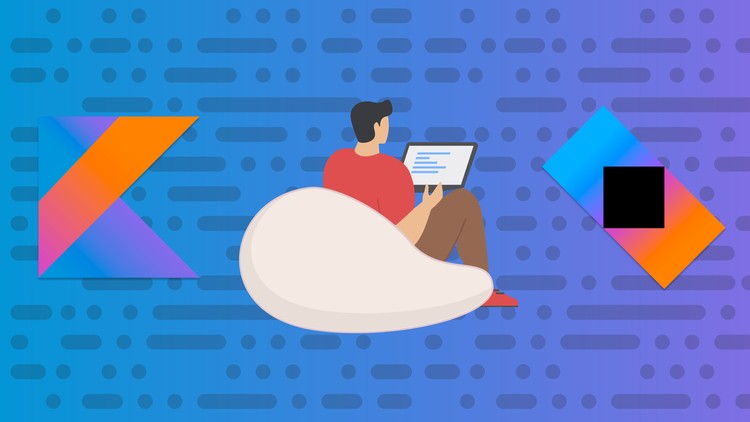
Build microservice in Kotlin without prior Java knowledge, using REST and GraphQL
What you will learn
Basics of Kotlin programming language
Ktor web framework
Working with databases using Exposed DSL
Dependency management with Gradle
Testing with Kotlin
Working with GraphQL
Running Kotlin inside Docker container and Docker Compose
Deploying Kotlin service to Heroku
Description
In this course, we’ll be building a microservice in Kotlin, and by the end of this course, it will be deployed to the cloud.
The microservices will represent a cat hostel.
You’ll be able to add cats to its database, remove cats from it and list them.
Why cats hostel? Because as long as you know how to implement basic operations, you can build it for any kind of entities you need: supermarket orders, auction items, taxis, you name it. So, why not cats?
Why Kotlin?
- Modern, productive and highly pragmatic language
- Type safe
- Null-safe
- Generics that actually make sense
- Intuitive
- Extensible
- Highly concurrent: Kotlin uses coroutines on top of best-in-class JIT provided by the JVM, that makes it one of the most efficient and concurrent languages nowadays
- Rich ecosystem: be it PostgreSQL, Kafka or RabbitMQ, the most solid libraries are written for the JVM. And Kotlin is able to make use of all of them
Why this course?
There are many good tutorials and books about Kotlin programming language nowadays. But most of them make the assumption that you’re either and Android developer or at least familiar with Java programming language and its ecosystem.
This course make no such assumptions. If you’re and experienced PHP, Python, Ruby or NodeJS developer, with zero Java knowledge, this course was build with you in mind.
What you need to know:
Some kind of web technology, be it JavaScript, PHP, Ruby or Python. I expect you to be familiar with terms like Request, Response, JSON and HTTP headers at the very least.
Familiarity with Git. I’ll provide you with a link to the relevant branch on GitHub after most of the videos, and I’ll show you commands that I use, but I won’t dive deep into what they do.
Basic SQL and Docker knowledge is useful, but not mandatory.
What this course covers:
- Basics of Kotlin programming language
- Dependency management with Gradle
- Ktor web framework
- Testing with Kotlin
- Working with databases using Exposed DSL
- Running Kotlin inside Docker container and Docker Compose
- Deploying Kotlin to Heroku
- Exposing GraphQL API with Kotlin
What this course doesn’t cover:
- Coroutines
- Building UI in Kotlin
- CI tools
- Security
Each of them is a large topic by itself, and I wanted to keep this course as focused as possible, so you’ll be able to produce a working and well tested application in an hour or two.